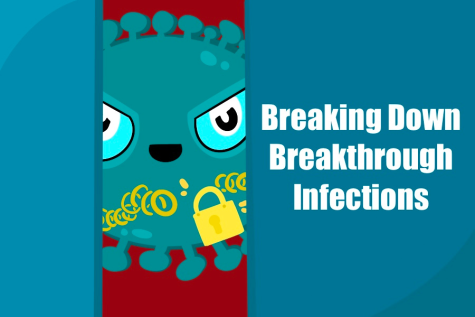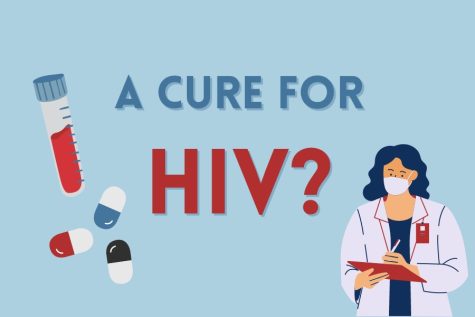Harnessing Viruses for Good
Contrary to popular belief, viruses aren’t all bad. In fact, viruses have been used for centuries to treat cancer. Since the late 1800s, doctors have observed tumor reductions in some patients after viral infection. Although the concept of using viruses to treat cancer has been around for decades, the practice only became a viable option as genetic engineering technology advanced in the 1990s.
Viruses that selectively infect cancerous cells, oncolytic viruses, work in two ways: directly killing cancerous cells and/or triggering an immune response in the body against the cancerous cells.
When a virus infects a tumor cell, the virus makes copies of itself until the cell bursts. When the cancerous cell bursts, it dies and releases biological materials that call the immune system to the tumor; the immune system then acts to eradicate the tumor.
The first oncolytic virus to be approved by the FDA as a treatment for melanoma is known as talimogene laherparepvec (T-VEC). This treatment is injected into tumors and engineered to produce immune-stimulating proteins. In some patients, T-VEC could not be injected directly into the tumor. However, these tumors still shrunk, indicating that T-VEC can generate a systemic immune response – like how your body fights off a cold.
Researchers are now trying to figure or how to enhance the immune response to the tumor through a variety of strategies, including combining oncolytic virus therapy and immunotherapy. Immunotherapy strategies include genetically modified immune cells, cancer vaccines, agents that stimulate or suppress the immune system, and antibody therapy.
The promise of combining oncolytic viruses with other immunotherapy strategies has been demonstrated. In two early-phase clinical trials, patients with melanoma received an oncolytic virus and a type of immunotherapy, known as checkpoint inhibitors. Checkpoint inhibitors prevent cancerous cells from displaying immunosuppressive proteins; the suppression of these proteins allows the immune system to become more active.
In one trial, almost 200 patients received T-VEC with or without ipilimumab, a checkpoint inhibitor. The patients who received both treatments responded better than those who only received one; the results suggested that the combination therapy could induce a strong immune response.
In the second trial, 21 patients were treated with T-VEC and pembrolizumab, another checkpoint inhibitor. This combination induced the infiltration of immune cells into tumors that had low levels prior to treatment, suggesting that this therapy can alter the local environment of the tumor to make it more receptive to immunotherapy.
Although treatment with oncolytic viruses has not been popularized, the field continues to grow and is a viable treatment option for many patients. It’s important to remember that not all viruses are life-threatening, some are life-saving!
Works Cited
Lansdowne, L. E. (2019, December 3). Treating Cancer – 5 Types of Immunotherapy. Technology Networks Cancer Research. Retrieved December 29, 2021, from https://www.technologynetworks.com/cancer-research/lists/treating-cancer-5-types-of-immunotherapy-327728
Oncolytic Virus Therapy: Using Tumor-Targeting Viruses to Treat Cancer. (2018, February 9). National Cancer Institute. Retrieved December 29, 2021, from https://www.cancer.gov/news-events/cancer-currents-blog/2018/oncolytic-viruses-to-treat-cancer











